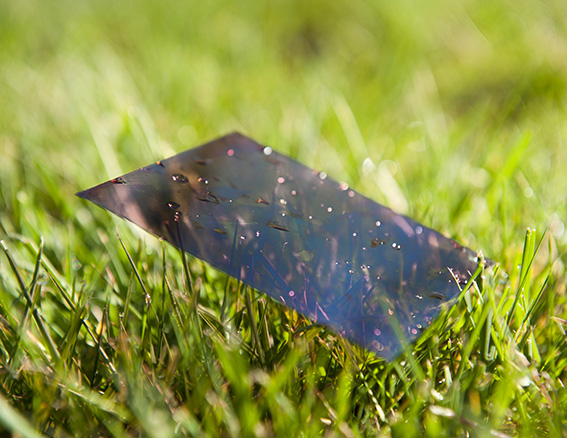Researchers at Sharif University of Technology have optimized bio solar cells with the help of protein in jellyfish at a laboratorial scale to replace the older generations of solar cells.
Raheleh Mohammadpour, the project manager, said bio solar cells are the new generation of thin-layered solar cells with a structure and function similar to a leaf. She added the project aims to optimize the performance of energy conversion in bio solar cells by using new light-activated materials.
“Solar cells produced in this project have lower production costs compared to the older generations of solar cells and their energy conversion efficiency is reportedly much higher,” she said. Mohammadpour noted that since a large part of these cells are made of protein nanoparticles, they contain self-healing properties.
“In this project, we used light-activated proteins such as bacteriorhodopsin (extracted from a kind of bacterium) and Green Fluorescent Protein (produced as a recombinant) for absorbing light,” she explained.
Green Fluorescent Protein makes the jellyfish glow in the dark. When a droplet of the GPF is placed on aluminum electrodes and exposed to ultraviolet light, an electric current is generated that can be used for powering bio solar cells. According to Mohammadpour, with the further optimization of energy conversion, these cells can replace the older generations of solar cells in the near future.


